Gardening ideas: Tips from guru Sophie Thomson on creating the dream Australian contemporary garden
With striking foliage, architectural forms and large-scale art setting the tone, the Australian contemporary garden is the latest look.
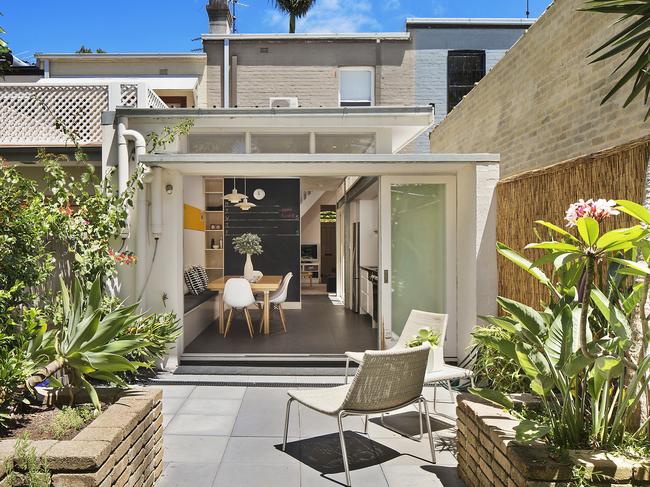
Lifestyle
Don't miss out on the headlines from Lifestyle. Followed categories will be added to My News.
When it comes to gardens, it’s each to their own. Especially in a contemporary garden where striking plants, random patterns and architectural foliage dominates.
This style of garden is far different to the others we have covered in the past few weeks. While formal gardens have hedges, lots of green foliage and neat symmetrical lines, and cottage gardens have a relaxed feel with an abundance of flowers, the one word to describe contemporary style is ‘bold’.
There is bold use of colour.

Rather than having white or pale coloured flowers in peaceful harmonious combinations, these gardens use strong colours, in both flowers and foliage.
Single colours that draw the eye, such as red are popular, as are striking colour combinations such as purple and orange.
Bold foliage contrasts including variegated plants with vibrant coloured leaves and architectural form are popular. These are not plants that fade into the background – they stand out and say ‘look at me’.
ART AND SCALE
These are one-of-a kind gardens, but will often have a minimal planting palette and use repetition to make a statement.
No two gardens will look the same.

There may be rows of hedges, and while some will have clean, straight lines, they may not always mirror each other as they do in formal gardens and appear random. Hedges in these gardens may tend to have irregular shapes, vary in heights to have a wavy nature, and wrap around or frame objects such as trees or large-scale garden art.
Some plantings may be clean cut and clipped into shapes such as balls, which are often repeated to contrast with line and form of the hedges. Art and furniture in a contemporary garden are also bold, in shape, scale and colour.
For example, a garden bench or outdoor chair will not blend into the background and be tucked away out of sight. It might be painted bright orange, purple or blue, sit on white or pale gravel, and stand out.
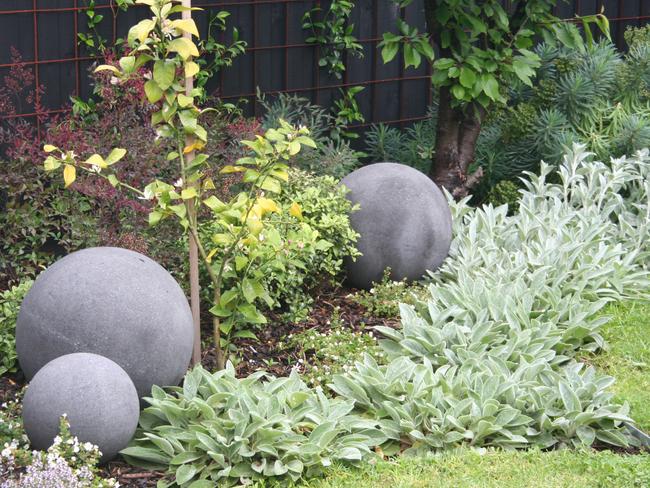
Garden spaces are often delineated with the use of hedges, low walls and a contrast of materials, such as lawns or hard surfaces like gravel, paving or decking. Outdoor living spaces adjoin indoor living areas, creating the flow through from inside to outside.
THE MINIMALIST GARDEN
Some people like to go for a very minimalist garden with only a few species of plants repeated throughout. I have even had some clients ask me to create a garden which has no flowers, just foliage. While this might appeal on one level as gardeners, it is important to add another level to these gardens, too. Plantings may be chosen specifically to suit the location, with hyperlocal indigenous species, or take into account current lifestyle trends.
Low-maintenance repeat plantings in smaller garden beds may help timepoor gardeners.
Or contemporary gardens may be planned for sustainability or to encourage biodiversity.
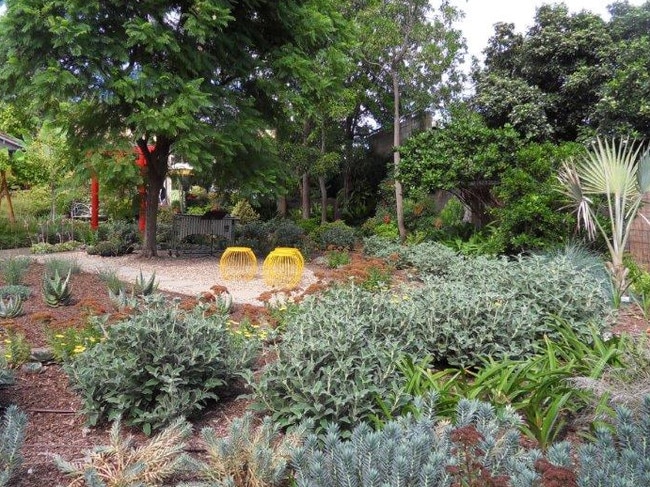
Native approach
Choose the right natives and you can have the best of both worlds: striking colour and form that suit your climate as well as a biodiversity hotspot and haven for wildlife. From gum trees to banksias to bottlebrushes, to kangaroo paws and waratahs, these natives add the bold colour that works so well in these gardens. And, they also providing a feeding station for your local birds, bees, even the odd koala.
Having looked at several garden styles over the past several weeks, it should be said that there are many styles such as Mediterranean, Balinese and Japanese that merge well in our backyards.
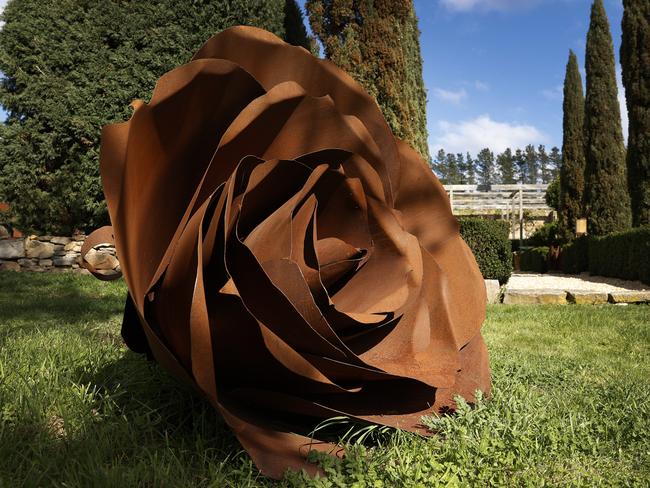
It is possible to have a different style in different areas of your garden too, so, for example, your front garden might be formal and your backyard contemporary or cottage. So mix up you garden style, but most importantly, make it individual and work for you.
CONTEMPORARY GARDEN INCLUSIONS
Bird of Paradise (Strelitzia retinae)
These striking plants have bright-orange and rich-purple flowers and form attractive clumps of long spade-shaped leaves.
Succulents
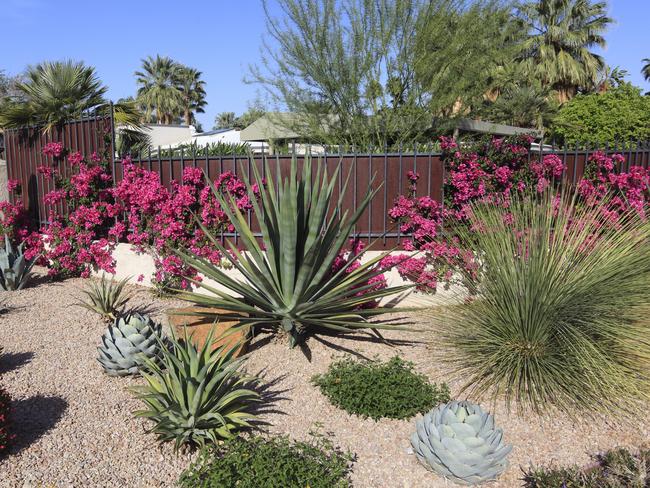
Succulents are available in such an incredible array of colours and forms, and they range from groundcovers to large trees. I am a huge fan of aloes and there are great new hybrids bred for superior flowering. The fan aloe (Kumara plicatilis formerly Aloe plicatilis) has wonderful architectural foliage which fans out in flattened sprays, with upright spikes of orange flowers. As a bonus, honey-eating birds love their nectar-rich blooms.
Cycads (including the Sago palm, Cycas revoluta)
Forms an attractive crown and rosette of dark green, ferny fronds which have a very stiff leathery feel. They are remarkably tough and look great all year round.
Strappy or spiky foliage

Plants like yuccas, cordylines and dianella add an interesting architectural effect, and varieties with coloured foliage and variegated can add vibrant splash of colour. Dracaena draco, the dragon’s blood tree is a striking, yet very slow-growing tree with bold strappy foliage and a strong architectural form.
PLANT OF THE WEEK: – Lavender – lavendula
There are many forms of lavender and they all make a wonderful feature in any sunny, well drained garden. Their flowers pick well and are beloved by bees.
English lavender has slender spikes of highly fragrant flowers which are used to make oil or for drying. They bloom in spring and summer, and require very well drained sandy or loamy soils.

French lavender (pictured is Miss Donnington) has soft velvety, silvery grey foliage and spikes of soft mauve flowers produced almost continuously from autumn to spring. I have found it to be more tolerant of heavier soils as long as they are well drained.
The Italian and Spanish hybrids have soft foliage and winged tops on their flowers. There are many different varieties including ‘Avonview’, and they are more tolerant of humidity.
Q. Hello Sophie, can you please identify this strange plant (pictured)? No one seems to know what this is. It has a small crop of small purple flowers at the top. I didn’t plant this, it just grew. Hoping you can advise. Thanks, Loren Clayton
A. It is silver leaf nightshade (Solanum elaeagnifolium) also known as white horse nettle or tomato weed. It is a weed in warm temperate parts of mainland Australia and would have been spread by bird droppings, after a bird ate the yellow or orange fruits which develop after the purple flower. The fruits are toxic so remove it before it seeds, pulling the plant out by hand, however, be sure to remove all the roots as it can grow from root fragments as small as 1cm.
Q. When and how do I prune my salvias? Any advice would be appreciated. Thanks RJ.
A. There are so many different varieties of salvias or flowering sages available and their treatment does differ based on their growth habit. Some salvias, such as S. muirii are soft, wooden shrubs which virtually bloom all year round. They are best given a haircut to round the bush and keep them tidy, although they can be cut hard in early spring if you want to limit their size.

Others such as Salvia ‘Anthony Parker’ and Salvia leucantha which have been in full bloom recently have a growth habit where they shoot from the base. As their flowers finish you will notice new growth appear at the base of the plant. This is the time to prune them back really hard, to just above ground level and all that new growth will grow up and form a lovely display of flowers next autumn. Other salvias (which have S. microphylla and S. greggii in their parentage) flower from spring to autumn and tend to have small flowers and foliage.

These are best pruned hard in spring when you see the new growth appear. If you have an old woody sage which hasn’t been pruned for a while, it may be worth pruning it in two to three small stages to try and stimulate new growth before pruning it back hard.
Send Sophie Thomson your gardening questions via athome@news.com.au
Originally published as Gardening ideas: Tips from guru Sophie Thomson on creating the dream Australian contemporary garden




